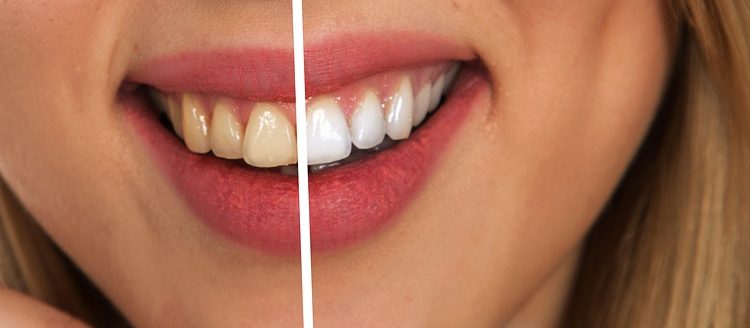
White Spots on Teeth: All the Information You Need to Know
White spots on teeth can have many causes, but the good news is that they are almost always treatable. In this article, we will cover everything you need to know about white spots on your teeth. We’ll look at what they are, their causes, and a variety of treatment options available to help restore your smile.
White spots on teeth can be concerning for anyone looking to achieve a perfect smile. Luckily, dental professionals offer various treatments designed to get rid of these blemishes and help you regain your self-confidence. It’s important to understand the cause of the white spots in order to choose the best method of treatment depending on each individual case.
Causes
White spots on teeth can be caused by many factors, including poor dental hygiene and enamel erosion. Poor oral hygiene such as not brushing or flossing regularly can lead to the formation of plaque, which is a white coating that accumulates on the surface of the tooth. This buildup of bacteria can cause discoloration on the teeth in addition to increasing your risk for cavities and gum disease.
Another common cause of white spots is enamel erosion, which happens when acids from food and drinks break down the protective layer that covers your teeth. Eating too much sugar, and drinking soda or acidic beverages like tea or coffee can all contribute to this type of damage.
Treatments
The first step in treating white spots on teeth is to establish the cause. Your dentist will be able to determine what type of treatment is best for you based on the results of a physical examination and x-rays. Depending on the severity of your condition, there are several different treatments available:
1. Tooth whitening – This involves applying a bleaching gel to your teeth that help remove any discoloration caused by plaque or enamel erosion. The process usually takes about an hour and can be done either at home or in the office.
2. Bonding – In this procedure, a composite resin material is applied directly to the affected area and then shaped and polished to match your natural tooth color. This method requires very little preparation time and can often provide results that are almost indistinguishable from your natural teeth.
3. Porcelain veneers – These are thin, custom-made shells that are attached to the front surface of your teeth in order to cover up any imperfections. Veneers are usually made from porcelain or ceramic and can last for many years with proper care.
4. Dental crowns – Also known as caps, crowns are used to cover the entire surface of a tooth that has been damaged or discolored. They can be made from a variety of materials including porcelain, metal, or ceramic.
Conclusion
White spots on teeth can be a source of embarrassment and lower self-confidence. However, there are treatments available that can help restore your smile and give you the confidence to show it off again. Be sure to talk to your dentist about what type of treatment is best for your individual case in order to get the most satisfactory results.
The best way to prevent white spots on your teeth is to practice proper dental hygiene. Be sure to brush and floss regularly, avoid sugary drinks and acidic foods, and use fluoride toothpaste to help strengthen the enamel of your teeth.
Yes, most teeth whitening procedures are safe when done correctly under the supervision of a qualified dental professional. However, if you have any concerns or questions be sure to talk with your dentist before starting any treatment.
The length of time that the results will last depends on what type of treatment you choose and how well you take care of your teeth afterward. Generally speaking, treatments like tooth whitening, bonding, and veneers can last for several years with proper care.


